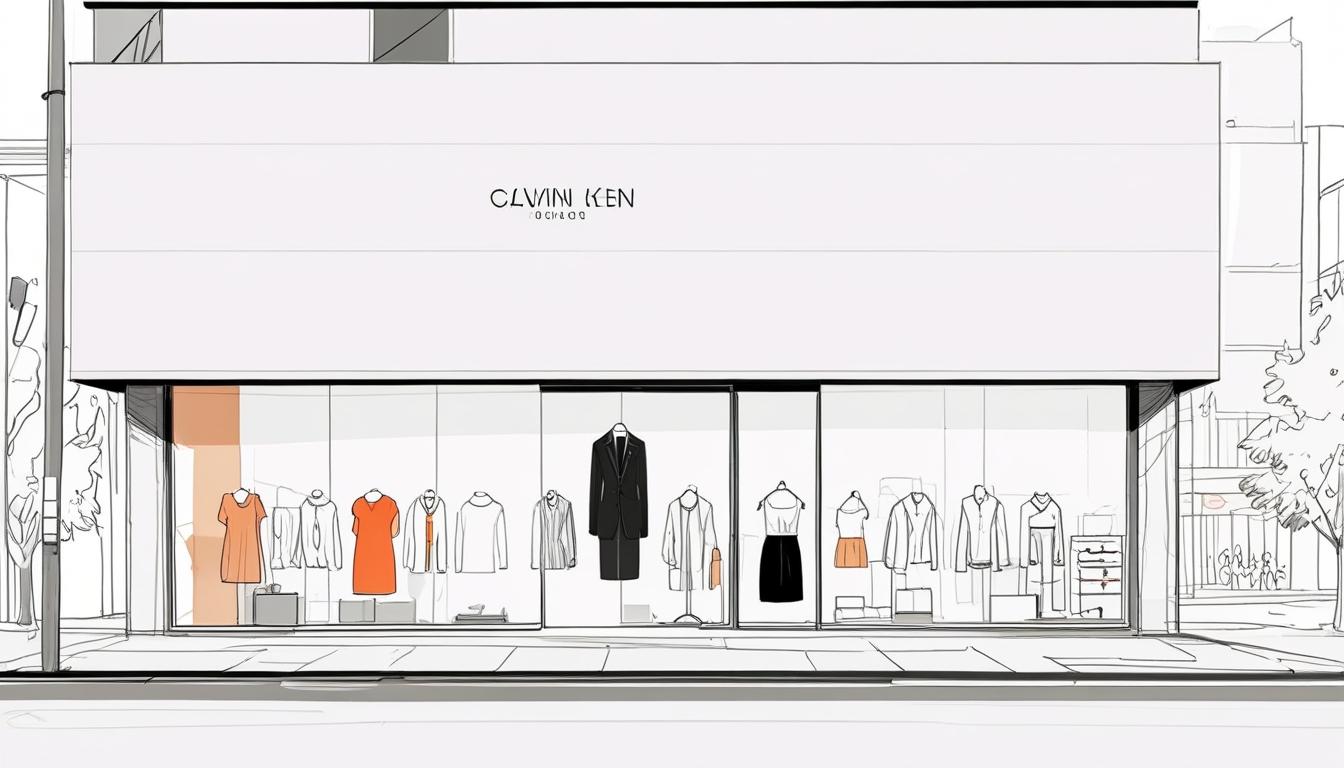The iconic imagery of Kate Moss in Calvin Klein campaigns and the minimalist ethos once embodied by its John Pawson-designed Manhattan flagship are now overshadowed by the stark realities of a brand grappling with its identity. The recent announcement regarding Eva Serrano’s departure as global brand president, viewed by many as an involuntary exit after just two years, highlights the ongoing turbulence within PVH Corp’s efforts to revitalise the Calvin Klein label. This leadership shuffle further underscores the tensions between the aspirational legacy of Calvin Klein and the commercial pragmatism required to navigate today's complex retail environment.
Serrano’s departure, which will see David Savman stepping in as her successor, is indicative of a strategic pivot at PVH. Savman, previously the Chief Supply Chain Officer and an H&M veteran, will bring a fast-fashion mindset to a brand struggling to reconcile its creative aspirations with the operational efficiencies typically associated with mass-market retailers. PVH CEO Stefan Larsson, who also has a history with H&M, appears intent on leveraging this expertise to enhance operational performance at Calvin Klein.
Despite a renewed investment in high fashion, including a runway collection designed by Veronica Leoni, formerly of The Row, Calvin Klein remains heavily reliant on revenue from licensed categories such as underwear and denim. This dependency has hindered the brand’s ability to realise a comprehensive turnaround, while complexities in product development and sourcing further complicate its recovery. Significant challenges also loom in essential markets like China, where competitive pressures and shifting consumer preferences call for a reassessment of strategies.
Interestingly, while investors responded positively to the leadership changes, with PVH’s share price rising by 6 per cent, broader concerns linger regarding the effectiveness of this managerial revamp. Even with strategic adjustments, the brand's cultural cachet remains uncertain; Leoni’s initial collection, praised for its creative direction, was met with a lukewarm critical reception. Industry observers suggest that the real challenge lies in executing a premium creative vision within a corporate structure still mired in a licensing-heavy model, which some argue dilutes brand identity and artistic intent.
The example of Raf Simons, whose tenure was celebrated creatively yet ultimately proved misaligned with market realities, serves as a cautionary tale for PVH as it moves forward. As each leadership change takes place, there is a clear ambition to re-sync Calvin Klein with its storied heritage, albeit amidst an environment that increasingly prioritises operational efficiency over innovation.
In conclusion, while the appointment of David Savman heralds a commitment to recalibrating Calvin Klein’s operational strategies, the path ahead is fraught with challenges. Balancing the brand’s artistic legacy with the demands of modern retail may be the key to restoring its former glory, yet success will hinge on the ability to navigate the intricate web of licensing and market expectations that define today’s fashion landscape.
Reference Map
- Paragraphs 1, 2, 3, 4, 5, 6
- Paragraph 2
- Paragraph 2
- Paragraph 2
- Paragraph 2
- Paragraph 5
- Paragraph 4
Source: Noah Wire Services
